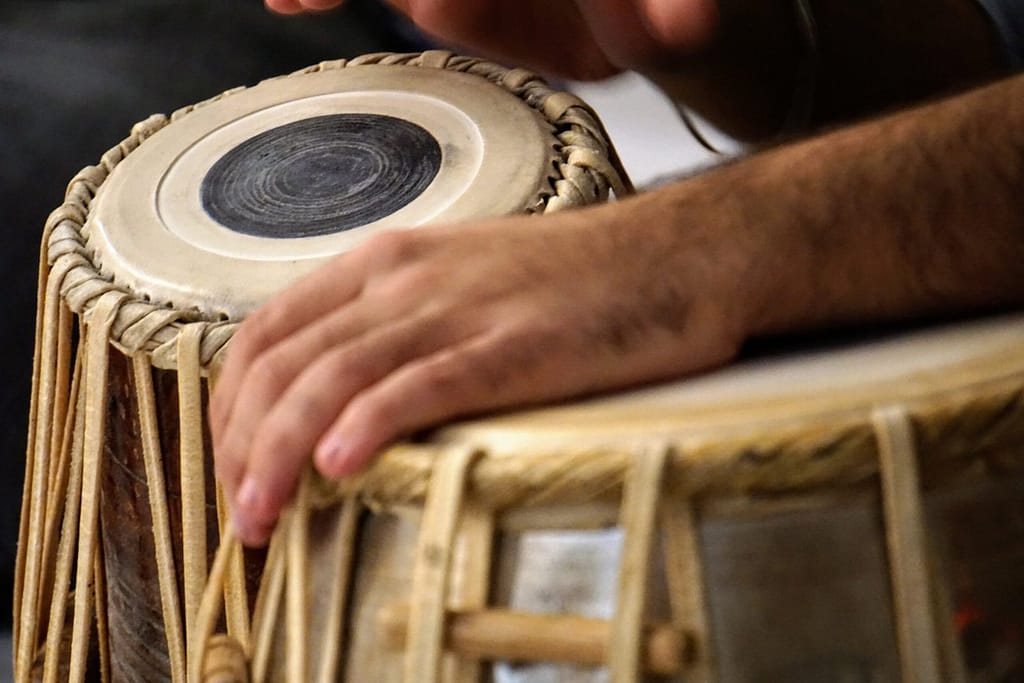When it comes to music, Southeast Asia is a treasure trove of diverse and enchanting sounds. From the rhythmic beats of gamelan in Indonesia to the haunting melodies of the saung gauk in Myanmar, the region boasts a rich tapestry of traditional music that reflects the cultural heritage and history of each country. Join us on a musical journey as we explore the different kinds of traditional music you can hear in Southeast Asia.
The Gamelan: Indonesia’s Musical Masterpiece
Indonesia’s traditional music is dominated by the mesmerizing sounds of the gamelan. This ensemble of percussion instruments, including metallophones, xylophones, and drums, creates a unique and intricate musical experience. The gamelan is not just music; it is a cultural and spiritual expression that accompanies various ceremonies and performances. Whether you’re listening to the lively rhythms of the Javanese gamelan or the haunting melodies of the Balinese gamelan, the gamelan is sure to captivate your senses.
The Saung Gauk: A Burmese Delight
In Myanmar, the saung gauk takes center stage as one of the most beloved traditional musical instruments. This harp-like instrument, crafted from the trunk of a jackfruit tree, produces a soothing and melodic sound that transports listeners to a world of tranquility. The saung gauk is often accompanied by traditional Burmese vocals, creating a harmonious blend that evokes a sense of nostalgia and serenity.
The Khim: Thailand’s Musical Gem
Thailand’s musical heritage is beautifully represented by the khim, a dulcimer-like instrument with delicate strings that are plucked to produce enchanting melodies. The khim is known for its versatility, as it can be played solo or as part of an ensemble. Whether it’s the vibrant tunes of classical Thai music or the fusion of traditional and contemporary sounds, the khim adds a touch of elegance and grace to Thailand’s musical landscape.
The Keroncong: A Melting Pot of Influences
Originating from the Portuguese word “coração,” meaning heart, keroncong is a genre of music that emerged in Indonesia during the colonial era. This unique musical style blends Portuguese, Malay, and Javanese influences, creating a harmonious fusion of cultures. The distinct sound of the ukulele-like instrument called the “cak” and the soulful vocals make keroncong a captivating experience that reflects the cultural diversity of Indonesia.
The Khene: Laos’ Musical Treasure
Laos is home to the enchanting sounds of the khene, a traditional free-reed mouth organ. This bamboo instrument produces a rich and resonant tone that is both soothing and captivating. The khene is often played during religious ceremonies and festivals, adding a touch of spirituality to the musical landscape of Laos. Its haunting melodies and soulful vibrations create an atmosphere of tranquility and introspection.
The Angklung: Indonesia’s Musical Ambassador
Indonesia takes center stage once again with the angklung, a musical instrument made of bamboo tubes that are shaken to produce melodic sounds. The angklung is not just an instrument; it is a symbol of community and togetherness. In fact, it has been recognized by UNESCO as a Masterpiece of the Oral and Intangible Heritage of Humanity. The harmonious ensemble of angklung players creates a captivating and uplifting musical experience that celebrates the spirit of Indonesia.
The Power of Music
As we journey through the diverse sounds of Southeast Asia, we are reminded of the power of music to transcend borders and unite people. Each traditional music genre in the region has its own unique charm and cultural significance, reflecting the rich heritage and traditions of its respective country. So, whether you find yourself captivated by the rhythmic beats of the gamelan or immersed in the haunting melodies of the saung gauk, let the traditional music of Southeast Asia transport you to a world of enchantment and discovery.
*Photo of Saung Gauk courtesy of metmuseum.org. Photo of Khim courtesy of ebay.com. Photo of Keroncong courtesy of nowjakarta.co.id. Photo of Khene courtesy of centerforworldmusic.org.







